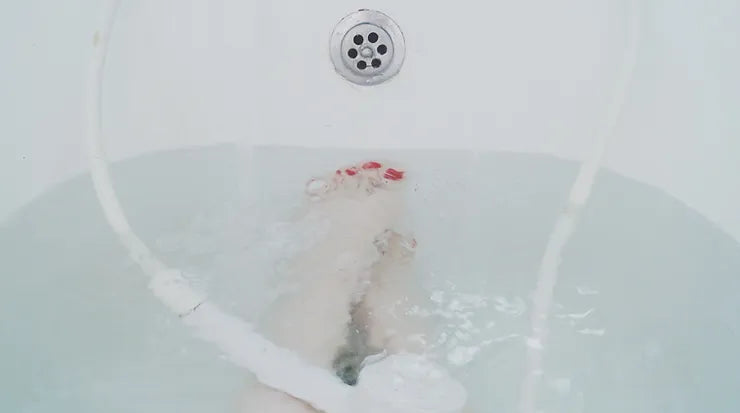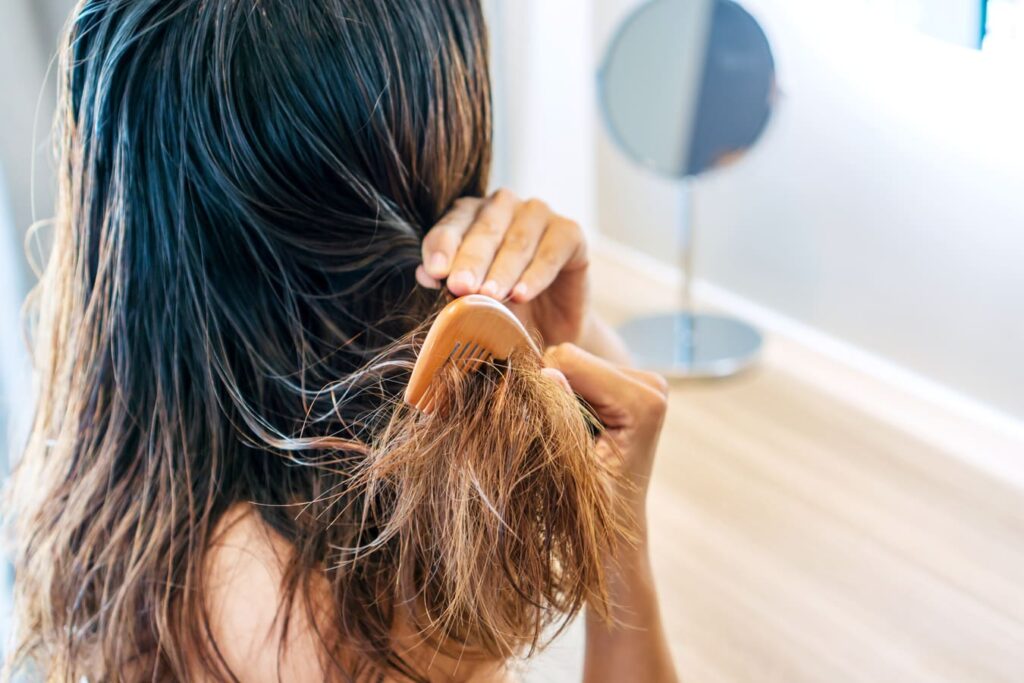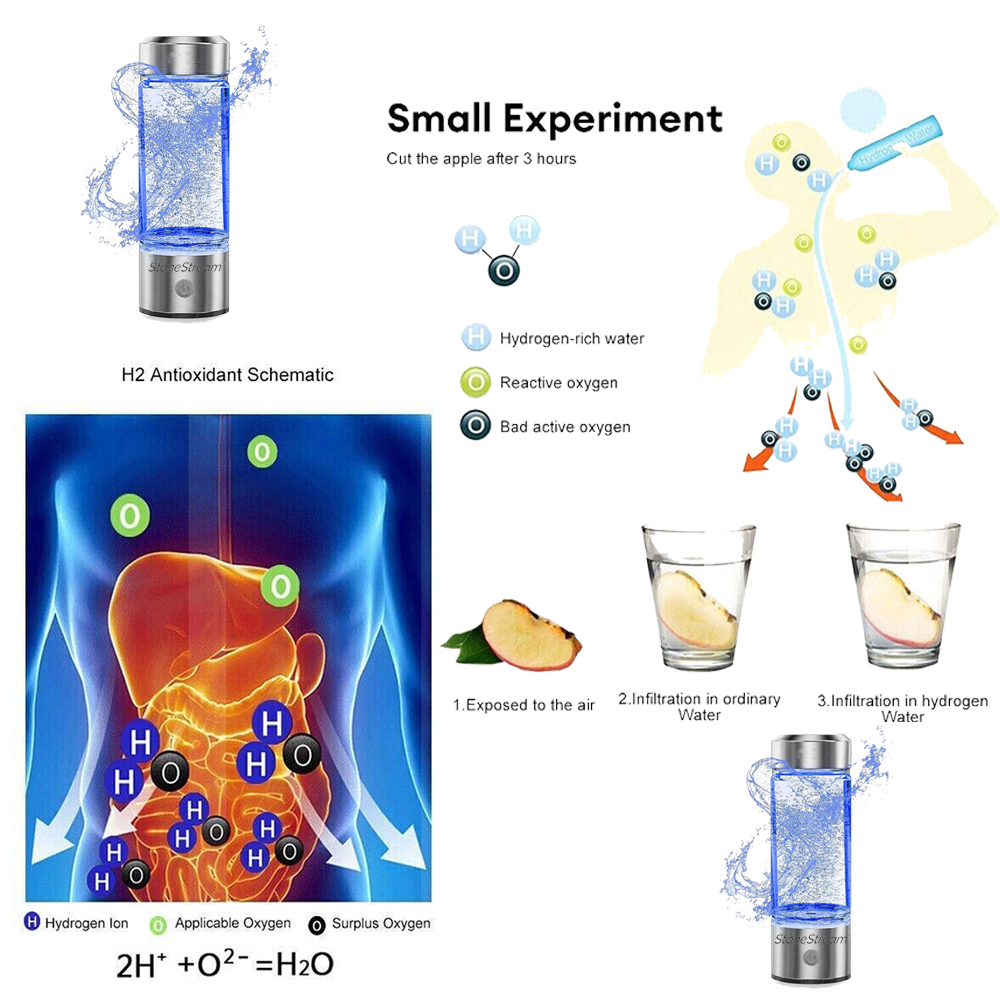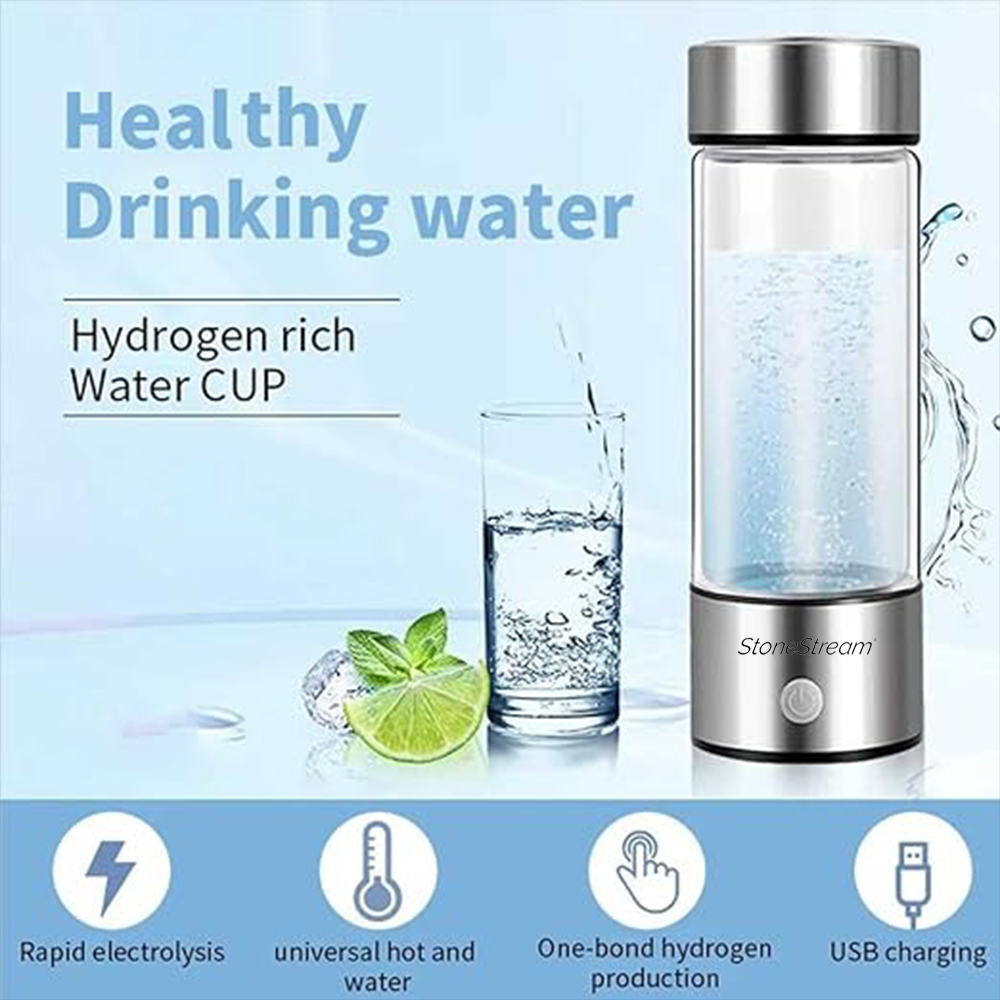Considering the kinds of solids that go down the shower drain, it isn’t any surprise that it gets blocked. Some solid items commonly found in a shower drain include soap, scum, dead skin, limescale, hair, and the occasional shampoo bottle lid!
A blocked shower drain is one of those things that just happens on a regular basis. But, you don’t really realise that the drain is clogged until you’re having a shower and randomly look down. The tray starts overflowing and before you know it, water begins to pour through the floorboards into the downstairs room. Chaos indeed! Depending on how long you’ve had the blockage, and what’s stuck down there, you might also have to deal with the unbearable smell of drains too.
You certainly can unblock the shower drain by going to the supermarket and buying a commercially available drain cleaner. It’ll do the job, for sure. But, what happens if you live miles away from the nearest shop or if you don’t like putting aggressive chemicals into the sewer? Some people don’t have mains drainage — instead, they have a domestic septic tank. Believe us, drain chemicals are quite corrosive and aggressive and will upset the delicate balance of bacteria in your septic tank if you’re not careful.
Most, if not all, commercially available drain cleaning chemicals dissolve hair and skin. However, they won’t do anything to shampoo caps and they will leave a chemical smell lingering in the bathroom for a long time afterwards. Not pleasant, not ideal!
So, here are a few home solutions you can try to unblock your shower drain using stuff most people have around the house. Let’s see what we can do!
Prevention
Believe it or not, prevention is the best way to stop a blocked drain. Scum and soap are usually okay down the drain — unless there’s a clump of hair for them to cling to. Use a drain screen to stop hair from going down the drain, and make sure you and your family frequently remove any accumulated hair. Remember, there's no use removing the hair and then washing it down the bathroom basin drain! Flush it down the toilet instead or throw it in the trash. Then, rinse the shower tray with very hot water to wash away any suds or scum that might adhere to the tray and inside the drainpipe.
Boiling Water
Soap and soap scum are soluble in hot water, which is great. Boil some water in a kettle and pour it down the drain hole. Remember that boiling water will seriously scald your skin, so protect all exposed parts of your body. You can use boiling water regularly — say, once a week — as a preventative measure and you’ll soon notice an improvement in the water flow out of your shower drain.
Drain Plunger
This may be an old fashioned way of doing things, but it has certainly stood the test of time. Buy a sink plunger next time you're in town and keep it handy in case of blockages. However, you might find it difficult to keep a seal around the plunger rim. If so, smear it with petroleum jelly or pour some water into the tray so that the rim is submerged. Work the plunger a few times and you’ll eventually dislodge the clot that’s causing the blockage in the drain.
Remove the Blockage by Hand
Shower drains are unlike those fitted to basins, sinks, and bathtubs, which are above floor level and allow you to dismantle the accessible water trap to remove stubborn blockages. Shower trays are usually installed at floor level, so you can’t dismantle the waste pipe. Luckily, you can still access the inside of the drainpipe by lifting an inset filter from above.
If you can see the blockage, it’ll probably be a mess of hair and soap scum. Just get your fingers in there and lift it out. Now, a small comment here about personal hygiene. The muck you pull out of the drain is usually very unpleasant to look at and often teeming with microbes that are feasting on your dead skin and hair. So, wear rubber gloves and wash your hands well afterwards.
Use a Wire Coat Hanger

What happens if you can’t see the blockage? It’s definitely in there somewhere, so now you need to improvise and create a tool. A pair of chopsticks will be useful to reach right down into the water trap but they are of no use if you have to go around a bend.
So, find an old wire coat hanger and cut off the hook with a pair of pliers or wire cutters. Straighten the wire and make a small hook at one end. Once again, use pliers to do this. Feed the wire down the drain and around the bend until you come up against a blockage. You’ve found the offending clump! Wiggle the wire around a bit and then slowly pull the wire out — it should hopefully be dragging a part of the clump with it. Continue doing this until nothing comes out. Now run boiling water down the drain to wash away any debris.
Use Baking Soda and White Vinegar
Yes, baking soda and white vinegar are chemicals but they certainly aren’t as aggressive as commercially available drain cleaners. It’s simple to unblock a shower drain with baking soda (also known as bicarbonate of soda or sodium bicarbonate) and vinegar (acetic acid). They’re two chemicals you’ll find in most kitchen cupboards. So, you don’t need to make a special trip to the supermarket just to find something to clean your drain.
Mix a couple of tablespoons of baking soda with enough water to make a runny paste. Pour this down the blocked drain followed by half a cup of white vinegar. The combination will fizz, causing anything stuck in the drainpipe to get dislodged. Leave the mixture in the drain for about 20 minutes and then pour some boiling water to wash everything away.
Get Rid of Limescale
Limescale, common in areas with limestone or chalk geology, precipitates into a hard crystalline solid. This is often the reason why your shower drain is blocked. The good news is that you can buy water softener and filtered shower heads (and other accessories with in-built filters) that remove limescale and other solids from your domestic water.
StoneStream© offers a variety of high-quality water softening and water filtering shower products which are really easy to install. Whether you decide to replace your existing shower head or soften and filter your water another way, you will get clean, limescale-free water that is less likely to block the drain. If you wish to learn more about limescale and its impact on your appliances as well as your health, check out our "What is Limescale" article.
Call a Professional
If none of the above-mentioned methods clears the blockage, you’ll have to call in a professional plumber. Plumbers use strong, caustic liquids that aren’t available to the average householder. They also have tools that are far better than a bent coat hanger!
A Summary of Ways to Prevent and Fix a Blocked Drain Yourself
So, we’ve looked at some simple ways that you can use to clean or prevent a blocked shower drain. To sum it all up for your convenience, here are the easiest methods to deal with a blocked shower drain by yourself:
-
Try to stop or reduce the number of solids that end up in your shower drain. Hair, scum, and limescale are the main offenders that you need to look out for.
-
Clean the shower tray after every use with hot water.
-
Clean the shower drain once a week with the help of boiling water.
-
Try to use household chemicals (like baking soda and vinegar) rather than aggressive ones.
-
If nothing works, use a commercially available chemical to unblock the drain or call a professional.
Now, if you want to shop for shower heads and shower accessories that are stylish, eco-friendly, durable, and cost-efficient, head over to the StoneStream website.



